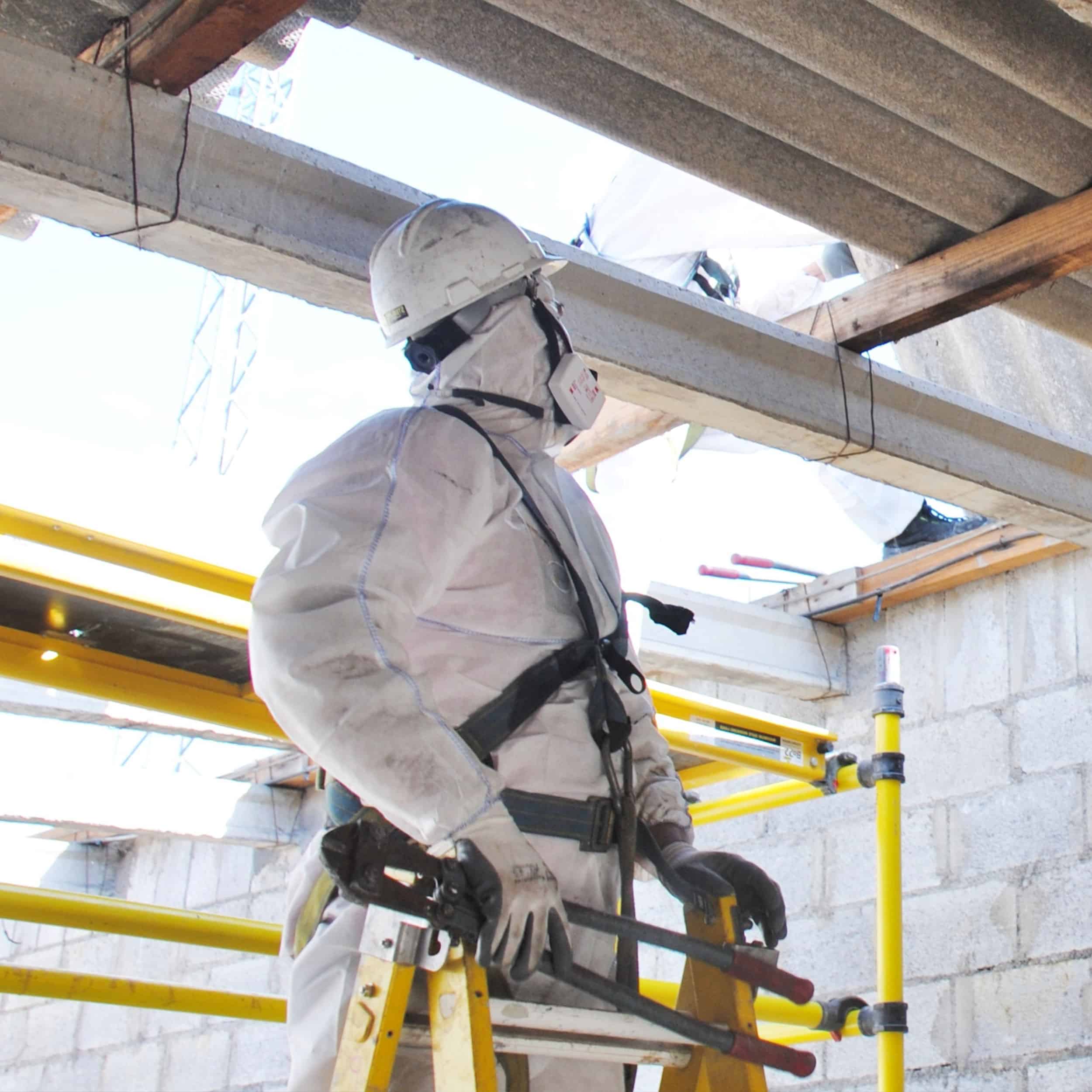People don’t always like to think about the shipping of hazardous materials, but it happens every day. From dangerous chemicals to radioactive nuclear waste, there are all sorts of reasons why companies must move these types of materials from one place to another.
Of course, some areas of the world experience it more than others, as Global Post described in an article titled, “Pretty much every dangerous material you can think of is being shipped through the Bosphorus.” Popular shipping crossroads like Istanbul’s Bosphorus Strait are often heavily trafficked by cargo ships moving potentially dangerous materials. Such is the nature of international trade.
In the U.S., the Environmental Protection Agency (EPA) has been making recent moves to upgrade its own system for tracking hazardous waste. Not only must all wastes be documented, but the agency has just finalized its rules for an electronic manifest, or “e-Manifest,” option.
How does hazardous waste documentation work?
An article on Environmental Leader explains the requirements for hazardous waste documentation. Most manifests require information about the waste generator, such as its name and address, as well as the names of the transporters. The receiving facility should also be properly identified.
Manifests need information about the hazardous waste itself, including a description of its nature and the amount being shipped, as well as any special handling instructions, which can vary depending on the cargo. Finally, any discrepancies between the description and what is actually being shipped must be noted.
As the news source points out, a minimum of at least four copies of the manifest are required before the shipment can proceed, though some states will require more. This adds up to a significant amount of paperwork over time. In fact, according to the EPA, as many as 5.6 million manifests are filled out every year.
The possibility of a loss of some of these records, or of a copying mistake, may be uncomfortably high for the EPA. That’s why it has pushed for the e-Manifest option. According to the news source, this will save a considerable amount of time for users, while also allowing them to make real-time edits based on information on the ground.
Why is hazardous waste documentation so important?
In the past, this blog has featured posts about the ways in which U.S. companies may be able to avoid the next environmental disaster. We have also discussed the importance of tracking pertinent environmental regulations to maintain compliance. Keeping of accurate manifests when transporting hazardous materials is critical to both of these goals.
Consider, for example, some of the worst environmental disasters in U.S. history, and how they were made worse due to lack of knowledge about what had been released. For example, many people are familiar with the story of Love Canal, New York. Created as a model neighborhood in Niagara Falls, Love Canal received national and international attention in the 1970s when it was revealed that it had been built on top of 21,000 tons of chemical waste. For years, families had lived there unaware of the problem, and unable to explain health problems and higher incidences of birth defects.
Or there is the more recent incident that just happened in West Virginia, leaving thousands of residents without running water for days after chemicals leaked into the Elk River near Charleston. One of the problems that dogged public officials in the days following the spill is that researchers kept finding new chemicals, such as PPH, in the water supply, even though they were not originally identified and may not have been safe for human consumption.
And, of course, there are relevant incidents related to transportation, such as the Lac-Megantic derailment in Quebec, Canada that occurred last summer. The 74-car freight train carrying crude oil derailed and caused a massive explosion, killing 42 people in what was later deemed to be the fourth deadliest rail accident in Canadian history. In addition, the land surrounding the disaster site was heavily contaminated with benzene, making it difficult for emergency responders to approach for any length of time.
In all of these incidents, the importance of understanding the exact hazardous materials in question cannot be overstated. This information is what allows stakeholders to respond properly and clean up the contaminated land.
The EPA hopes that its new e-Manifest solution will improve the reliability of that information. While complying with new federal regulations can sometimes present a burden for companies that deal with these chemicals, an environmental consultant can help organizations navigate the requirements and, ultimately, protect themselves from future environmental liabilities.


